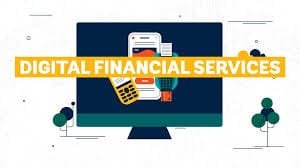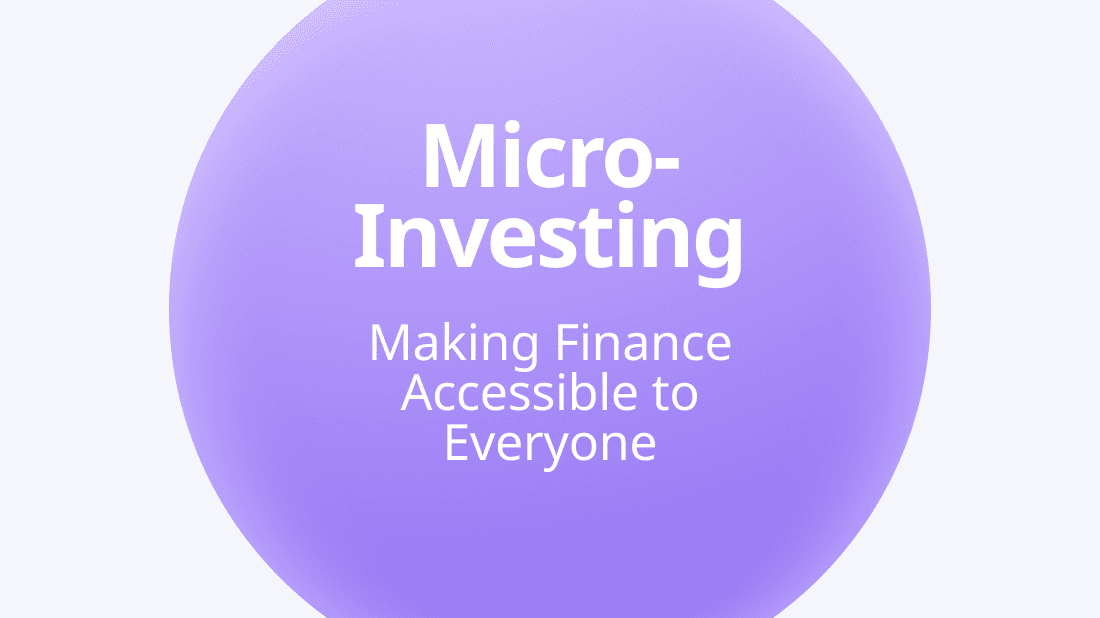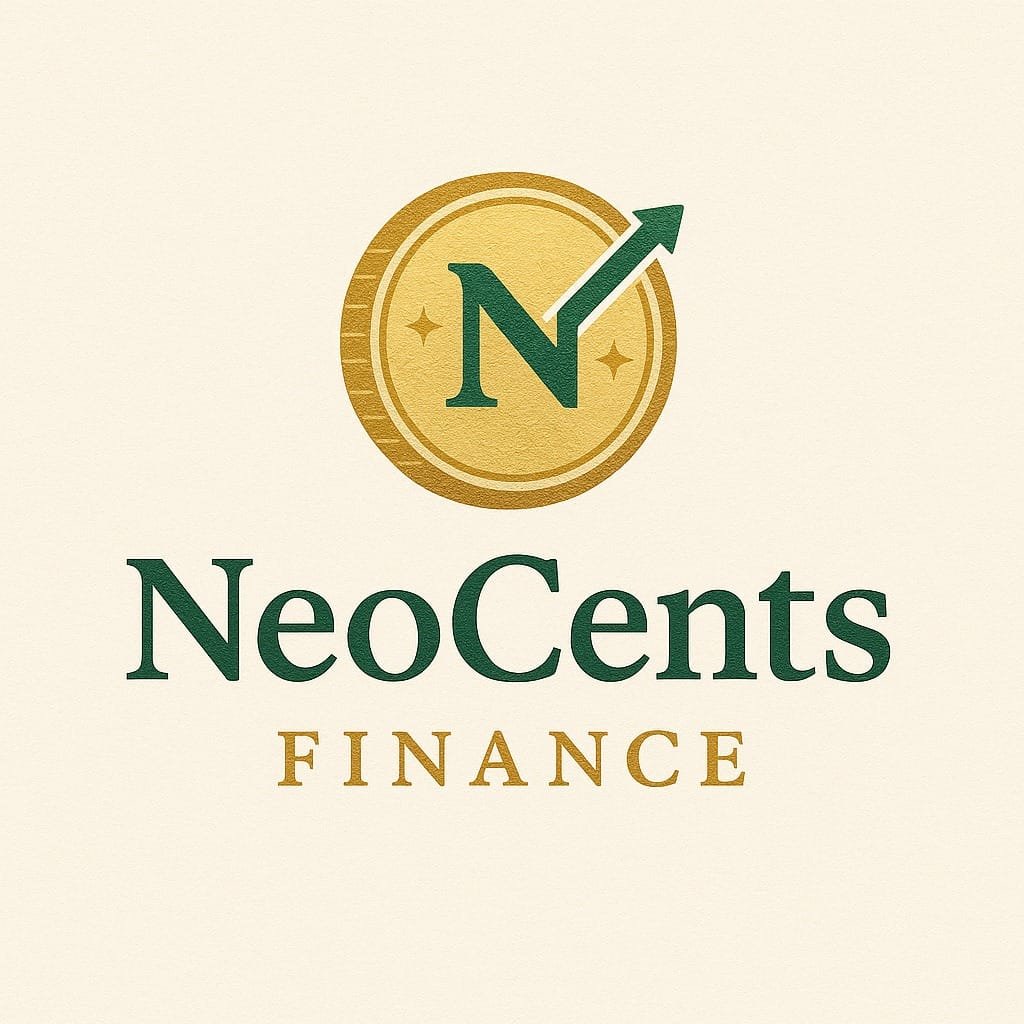In an era where robots can vacuum your floor, order your groceries, and probably judge your coffee choices, it’s no surprise that fintech tools have swooped in to revolutionize budgeting. Managing money is no longer as unexciting as watching paint dry, except the paint is your fading bank balance.
So why are so many people still winging it? It’s because budgeting, for most of us, conjures images of spreadsheets, self-denial, and sad desk lunches. This is where fintech steps in with slick, smart, and surprisingly sassy solutions to your financial chaos.
In this no-nonsense, slightly irreverent guide, we’re diving deep into how fintech tools can help you budget like a boss (without needing a financial degree or a second glass of wine to read your bank statements).
Budgeting Is Broken (And It’s Not Your Fault)
Before we get into tools and tricks, let’s address the elephant in the room: Traditional budgeting is terrible. It’s rigid. It’s boring. And, let’s be real, it often feels like it’s designed for robots, not real people.
You were taught to “track every dollar,” but what about when your car battery dies the same week your rent’s due and your cousin insists on a destination wedding? That budget didn’t see that plot twist coming.
This is where fintech wins. It doesn’t just track, it learns, it adapts, it whispers sweet nothings to your overdraft fees and helps you ghost them forever.
What Is Fintech?
Let’s not skip the obvious. “Fintech” is a blend of finance and technology, and it is just as cool as it sounds. Imagine all the boring bits of personal finance, but with less paper, more automation, and a slick user interface that actually makes you want to check your bank account.
Fintech tools range from budgeting apps and robo-advisors to AI-powered savings bots and crypto-friendly wallets. They’re like having a personal finance team, minus the actual humans and judgmental glares.
If you’ve used:
Venmo
PayPal
Robinhood
Mint
YNAB (You Need a Budget)
Chime
Acorns
…Congratulations, you’re already swimming in fintech waters. Welcome aboard!
Pick Your Player: The Right Fintech Tools for You
Choosing a fintech tool is a bit like online dating. You’re looking for something that matches your vibe, meets your needs, and won’t ghost you when you’re broke.
Here’s a quick cheat sheet to match your budgeting personality with the right tool:
The Overachiever: You Need a Budget (YNAB)
Why it rocks: It is based on zero-based budgeting. Every dollar gets a job.
Best for: Control freaks (in the best way), Type A personalities, and spreadsheet lovers in recovery.
Cool feature: “Age of Money” tracker to show how long your cash sits before being spent. Think of it as financial maturity… for your dollars.
The Chill Spender: Mint
Why it rocks: It tracks all your accounts in one place and categorizes your spending automatically.
Best for: People who want insights without micromanaging every penny.
Cool feature: Budget goals and alerts that keep you informed without nagging.
The Rounder-Upper: Acorns
Why it rocks: It rounds up your purchases and invests the spare change.
Best for: People who want to budget without feeling like they’re budgeting.
Cool feature: Passive investing and savings that feel like magic.
The Hustler: PocketGuard
Why it rocks: It shows how much you can safely spend after accounting for bills and goals.
Best for: Side-hustlers, freelancers, and gig workers who need flexibility.
Cool feature: “In My Pocket” feature gives you real-time spending power.
The Automator: Digit
Why it rocks: AI-powered savings based on your behavior.
Best for: People who forget to save until it’s too late.
Cool feature: Automatically moves small amounts to savings based on your cash flow.
How to Actually Use Fintech Tools (Instead of Just Downloading Them)
Now that you’ve swiped right on your tool of choice, let’s talk about how to get the most out of it, because having a budgeting app on your phone but not using it is like owning a treadmill that doubles as a coat rack.
1. Set Clear Goals (Yes, Even Vague Ones Count)
Whether it’s “get out of debt,” “save for a vacation,” or “stop crying when I open my banking app,” fintech tools let you set financial goals and track them over time.
Pro tip: Name your goals something fun. Instead of “Emergency Fund,” try “Oh No Money” or “When Life Happens Fund.” This tends to help a lot.
2. Link Your Accounts (Don’t Panic, It’s Safe-ish)
Almost all fintech tools require you to link your bank accounts. It’s a little scary the first time, but it’s encrypted and more secure than you think. Plus, it unlocks the magic by giving real-time insights into where your money is going.
3. Customize Your Categories
Most apps try to guess where your spending goes, but they’re not mind readers. Rename categories so they make sense to you. For example:
“Starbucks” → “Liquid Motivation”
“Amazon” → “Late-Night Life Crisis”
“Uber Eats” → “Chef Who?”
4. Check In Weekly (Like a Guilt-Free Therapy Session)
Budgeting is a relationship. You don’t need to obsess over it daily, but a weekly check-in keeps you honest and aware. Make it a ritual: Sunday mornings with coffee and no judgment.
The Psychology of Budgeting (And How Fintech Hacks Your Brain)
Fintech isn’t just numbers and graphs; it’s psychology. These apps are sneaky-smart in how they nudge you toward better behavior.
1. Gamification
Many tools use gamified progress bars, badges, or visual rewards. That dopamine hit when you hit your savings goal? It’s science.
2. Micro-Wins
Apps like Digit and Acorns focus on micro-savings. Small wins are easier to achieve and psychologically reinforce good habits. Saving $5 may not feel like much, until you realize you’ve saved $300 without noticing.
3. Default Bias
Fintech leans on automation and defaults. If savings happen by default, you’re more likely to stick with it. Set it and forget it, like a financial crockpot.
4. Loss Aversion
Some apps show you what you could’ve saved if you skipped that late-night Taco Bell run. It stings, but it definitely works.
Mistakes to Avoid (Even Smart People Make These)
Even with the best tools, it’s easy to fumble the financial football. Here’s what not to do:
Ignoring your tool: It won’t help if you don’t use it. Open the app, Becky.
Being too ambitious: Don’t try to save 70% of your income on day one. You still need to live.
Confusing budgeting with restriction: It’s not a punishment, but a permission slip for guilt-free spending.
Not updating goals: Life changes, and so should your budget too.
The Future of Budgeting: AI, Chatbots, and Beyond
Spoiler: Budgeting is only getting cooler. Here’s what’s on the horizon:
Voice-activated budgeting: “Hey Siri, how broke am I?”
AI financial coaches: Tools that learn your habits and make recommendations (e.g., “Cut that subscription you never use”).
Crypto budgeting: Apps now track your Bitcoin obsession and show how it impacts your overall wealth.
Personalized insights: Imagine your budgeting app saying, “Hey, last January you spent 50% more on coffee. Want to set a cap this year?” Creepy? Yes. Helpful? Also yes.
Budgeting Isn’t About Deprivation—It’s About Direction
Here’s the truth: you don’t have to live like a monk to manage your money. You need the right tools and a working strategy.
Fintech doesn’t make budgeting “fun” (unless you’re a unicorn), but it makes it manageable, motivating, and maybe even satisfying, like flossing, but with better rewards.
So, whether you’re saving for a rainy day, a Bali getaway, or to stop overdrafting every month, there’s a fintech solution out there for you.
Now, go forth and budget, and not like a bean-counting robot, but like a savvy, empowered, financially fearless person.








